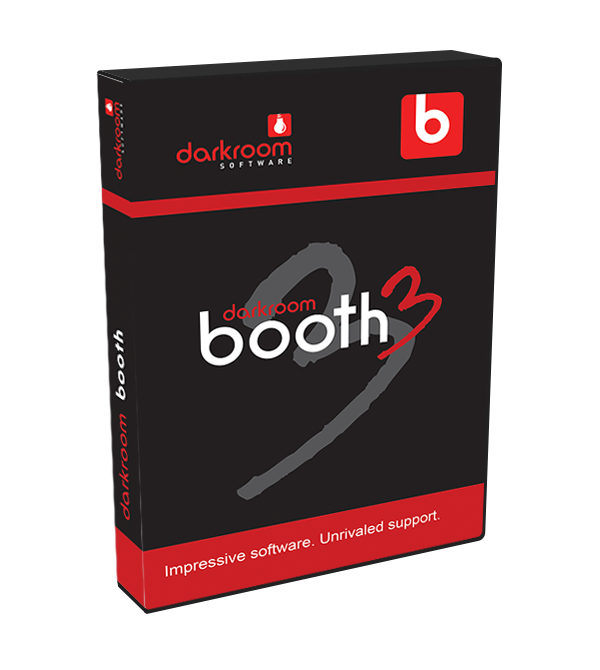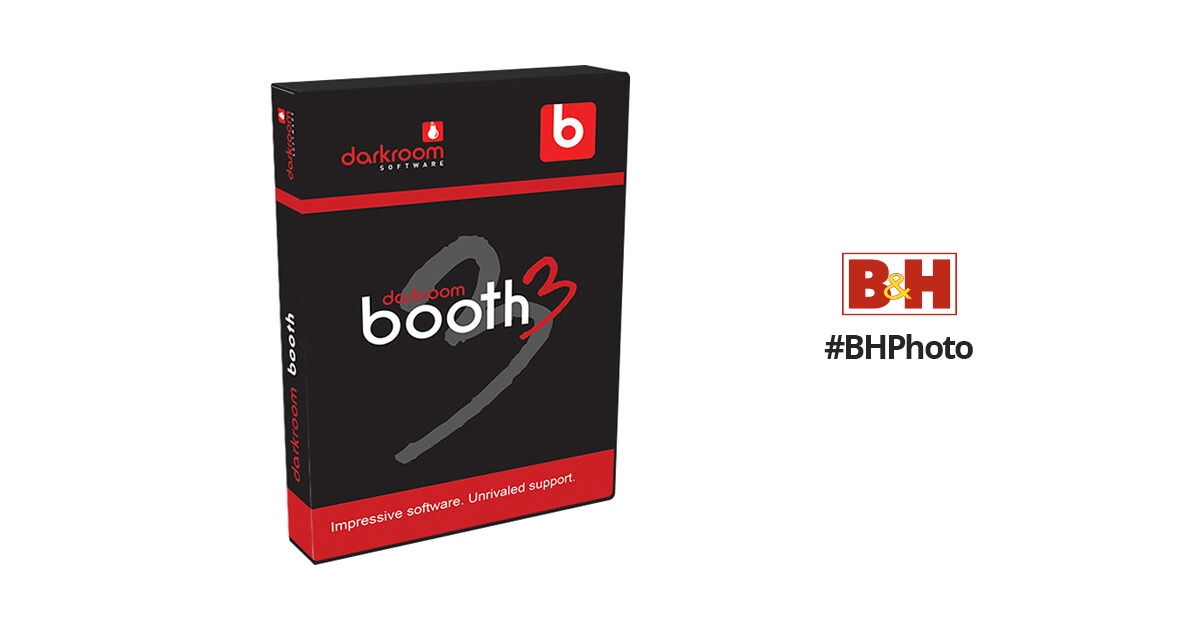

You must interactively supply all other required configuration parameters. Active Directory Federation Services (AD FS) and PingFederate authentication: The sign-on methods associated with these authentication features are automatically preselected.It must be manually reconfigured after you finish the initial deployment. Configuring the provisioning hierarchy: This advanced feature of the Synchronization Service Manager isn't supported via synchronization settings.After you finish the installation, you must manually reapply the advanced configuration. Custom run profiles: Although it's possible to modify the default set of run profiles by using the Synchronization Service Manager, this feature isn't currently supported via synchronization settings.Synchronized object types: Although it's possible to constrain the list of synchronized object types (such as users, contacts, and groups) by using the Synchronization Service Manager, this feature isn't currently supported via synchronization settings.If device writeback was enabled for your original server, you must manually configure the feature on the newly deployed server.

They aren't currently applied during configuration.

A similar issue will occur if your configuration contains modified standard rules. Placing a custom rule outside the reserved range might result in your custom rule being shifted around as standard rules are added to the configuration. Synchronization rules: The precedence for a custom rule must be in the reserved range of 0 to 99 to avoid conflicts with Microsoft's standard rules.The main difference is that Staging mode is intentionally enabled by default to allow comparison of the configuration and synchronization results prior to actively exporting the results to Azure. Configuration options: As with a clean install, you might choose to configure the initial settings for whether to start automatic synchronization or enable Staging mode.
Exporting darkroom booth templates to another computer install#
This procedure is identical to the clean install experience with the exception that you can't add or remove directories.



 0 kommentar(er)
0 kommentar(er)
